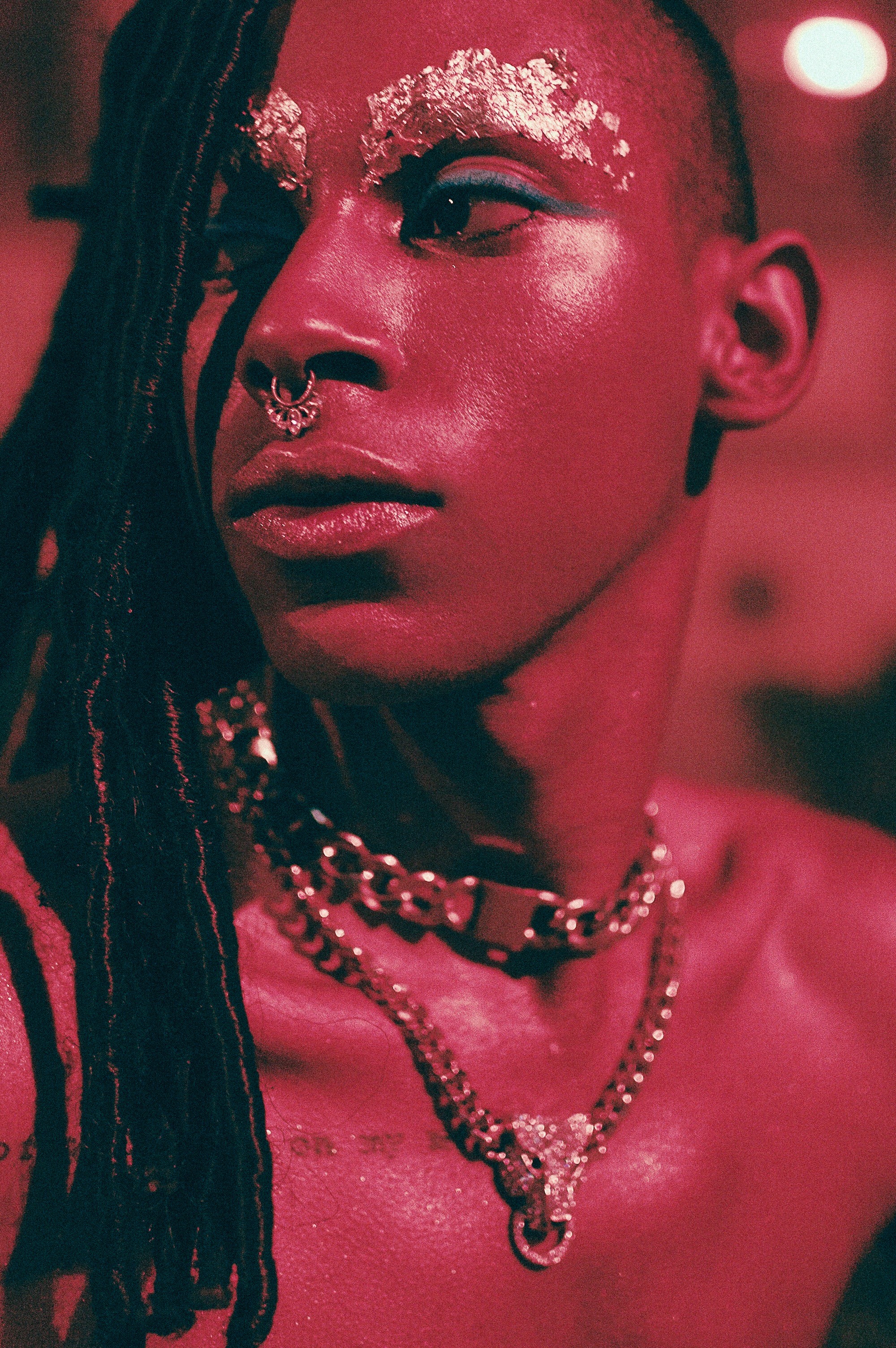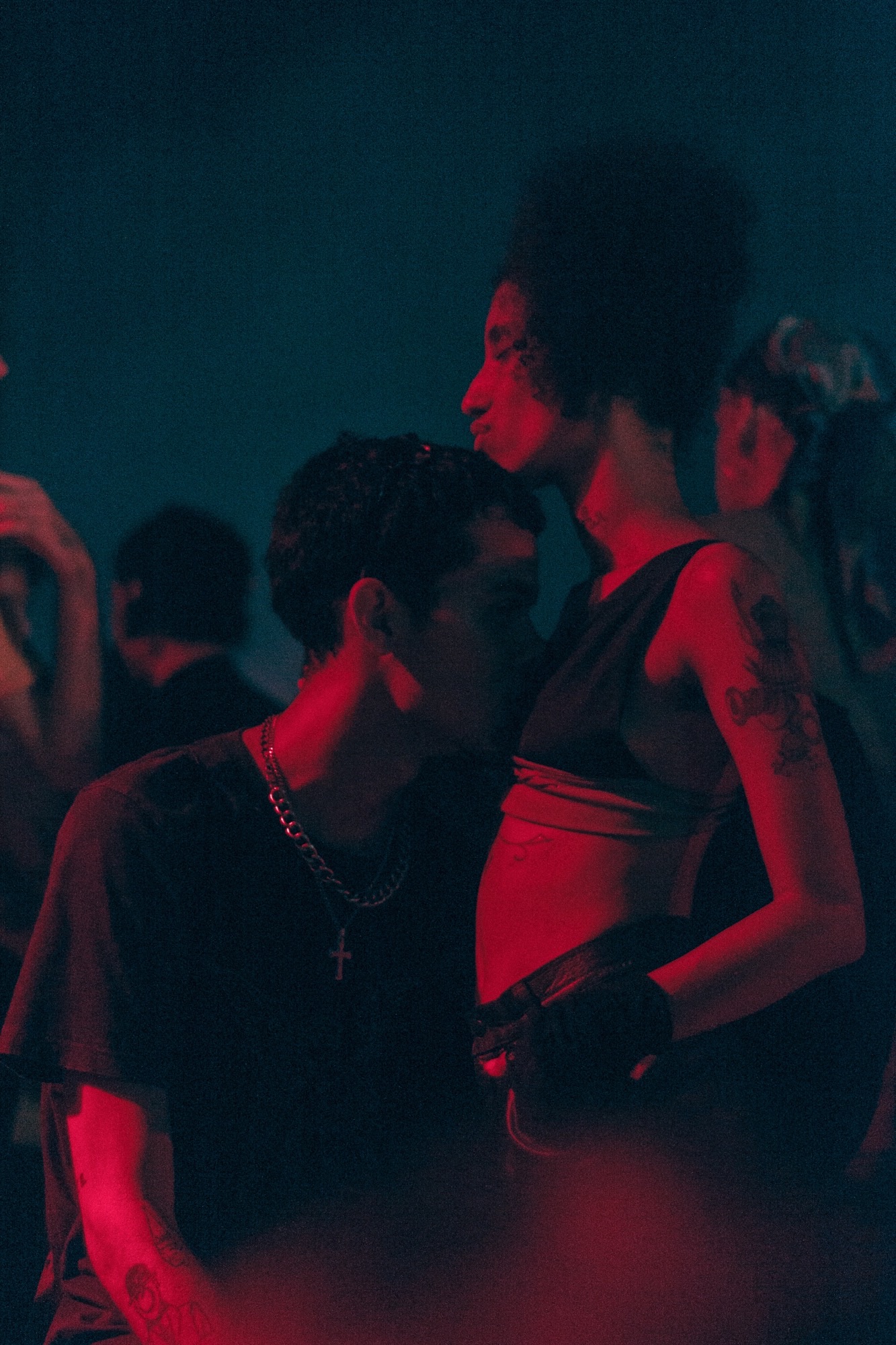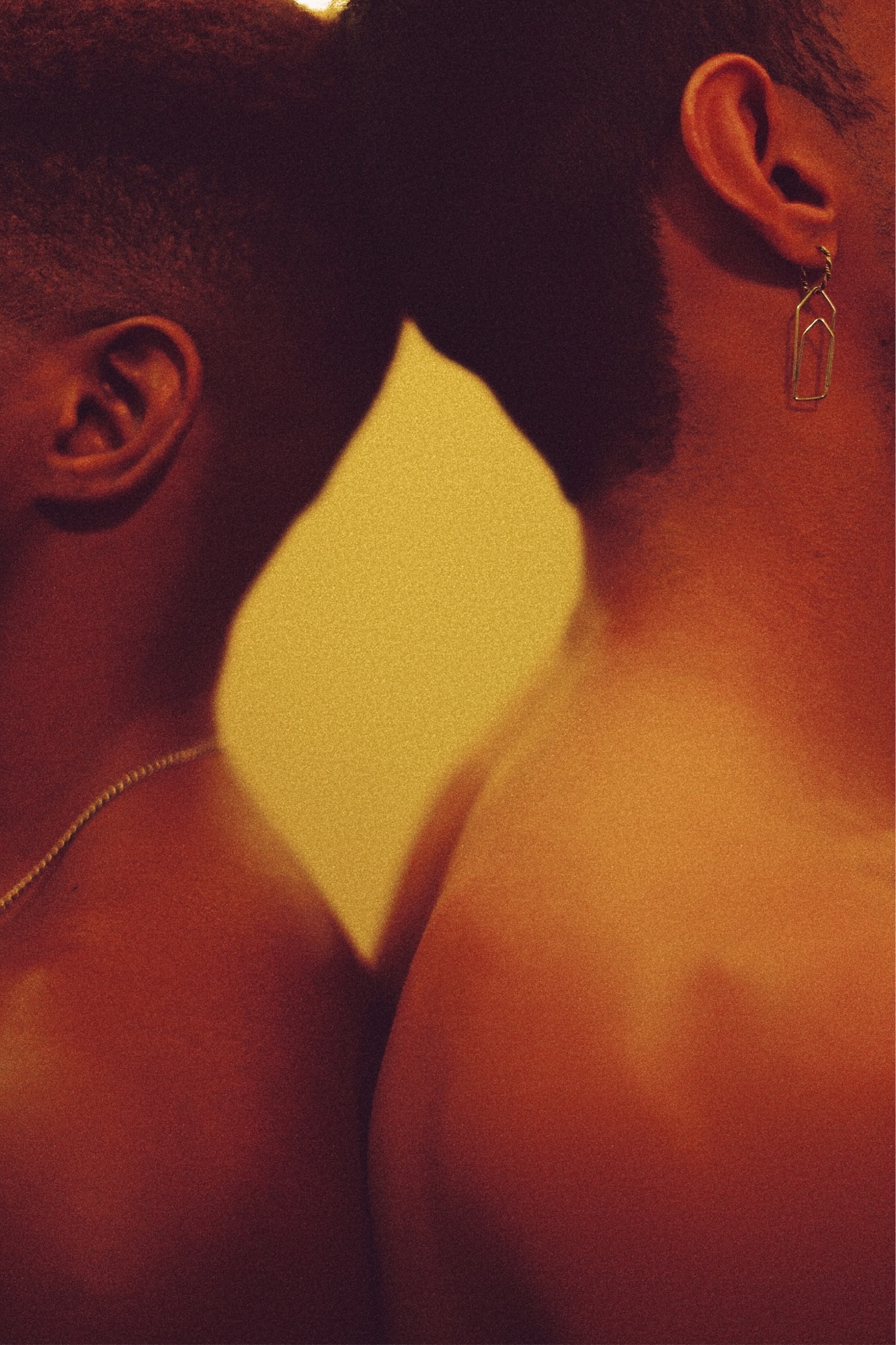In conversation with Sara Urbaez
Edited for length and clarity
Edited for length and clarity
Rodrigo Oliveira:
Carioca Negro Queer

I came across your work on Instagram and was wondering what your connection is to Rio de Janeiro?
I was born in Rio. I grew up in an isolated community away from the rest of the city, 60 kilometers away from downtown. My connection with Rio, it's my mothertown. It's my place of birth, a place where I've learned a lot about my identity, how to live my identity, how to express my culture — everything.
Everything that we do here in Rio is so unique and peculiar in the way we live our lifestyle. The people who were born in Rio are called Carioca. Being Cariocas has a way to it — the way I produce my work, come up with my ideas, and everything that I put into work and colors, it's all influenced by my upbringing in Rio.
It's crazy what we might see on the news, but it's not all that bad — it's a narrative chosen to be told in a certain way. It projects a very negative connotation to what the city of Rio is. I encourage people to come here and visit and see the city for what it actually is. The energy here is so vibrant. Everything makes you feel alive. You see people who go through serious struggles and the difficulties in life but they still thrive — this is resilience.
Everything that we do here in Rio is so unique and peculiar in the way we live our lifestyle. The people who were born in Rio are called Carioca. Being Cariocas has a way to it — the way I produce my work, come up with my ideas, and everything that I put into work and colors, it's all influenced by my upbringing in Rio.
It's crazy what we might see on the news, but it's not all that bad — it's a narrative chosen to be told in a certain way. It projects a very negative connotation to what the city of Rio is. I encourage people to come here and visit and see the city for what it actually is. The energy here is so vibrant. Everything makes you feel alive. You see people who go through serious struggles and the difficulties in life but they still thrive — this is resilience.

How is your body of work different from other imagery that you've seen of Rio?
I often see the Black LGBTQ community here in Brazil misrepresented in the media. I work mainly with focusing on non-binary and trans identities, who are all very marginalized here in Rio. What I wanted to do with my work was to create something that would go beyond exploiting the suffering of marginalized communities. I wanted to see how people are thriving and managing in spite of what's happening with racism, homophobia, the amount of death that we have here for hate crimes. I wanted to show our resilience, our strength to fight back.
I see that there's such a beauty in the way we carry our pain, in the way we fight back. It’s very important for me to show beauty through my work and not just the pain and suffering. As I construct my work and add the written and spoken narratives of the people, you get the harsh reality aspect of it, but in the images, I want my subjects to be resilient and proud.
The media is saturated with images of white dominance. We often feel that we're not as pretty as them — the beauty standards do not fit us. I really wanted to move away from the white standard of beauty and prove to people that we are beautiful in the diverse way that we are.
I see that there's such a beauty in the way we carry our pain, in the way we fight back. It’s very important for me to show beauty through my work and not just the pain and suffering. As I construct my work and add the written and spoken narratives of the people, you get the harsh reality aspect of it, but in the images, I want my subjects to be resilient and proud.
The media is saturated with images of white dominance. We often feel that we're not as pretty as them — the beauty standards do not fit us. I really wanted to move away from the white standard of beauty and prove to people that we are beautiful in the diverse way that we are.


I wrote down in my notes that there is a fierce, defiant beauty in each of your images — there is a resilient beauty that comes through. Can you talk about the community you're photographing? Are these people that you're close with? What is your process like when you're photographing them?
I'm photographing the people of color from the LGBTQ community living on the peripheries of Rio — favelas and small communities. In the beginning, they were people I met on Instagram or friends of mine, friends we have in common, but then I started going to LGBTQ events and parties in Rio, and that's when I started to realize how people are coming alive because these are safe spaces.
These are spaces that people feel very comfortable putting out their identities and being really honest with themselves.
These are spaces that people feel very comfortable putting out their identities and being really honest with themselves.


There seems to be a real level of trust in all your imagery. No one seems uncomfortable. What has helped you built that trust?
Being an insider really helps because they feel more comfortable working with someone who is also LGBTQ, who is also Black and really understands what they're going through, and why it is important for them to be documented. I also help them build a portfolio, because it's not easy for someone from Rio coming from the periphery to thrive in the city. It's a lot of hustling to get cash, to get paid, and to express yourself artistically — art is not being financed in the whole country. I’m someone who is living the struggle that they're going through. I respect everyone and I treat everyone equally. I always make sure whenever I'm shooting that I'm bringing out my best energy — I make sure everybody's comfortable.
They hear about the projects I’m working on, see the images on my social media. I see everybody's so proud to be part of it. That makes me really happy and proud of my work.
They hear about the projects I’m working on, see the images on my social media. I see everybody's so proud to be part of it. That makes me really happy and proud of my work.

